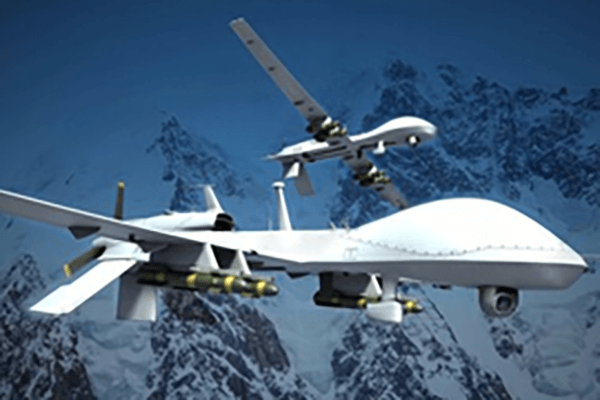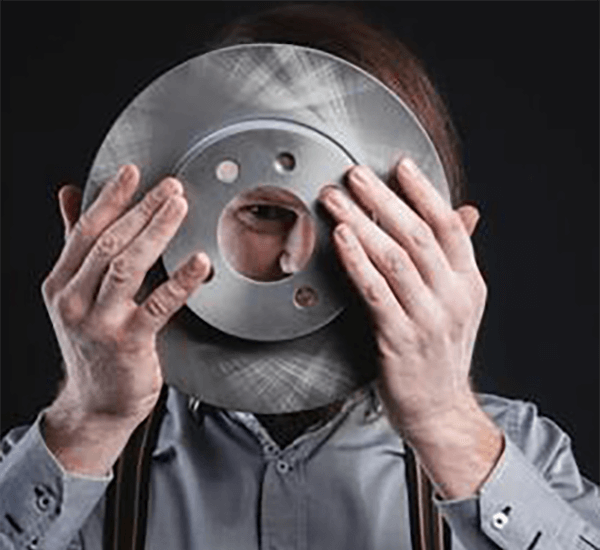
Attaining target exterior polish for a CNC part proves indispensable.
- Engineering annotations specify detailed surface expectations for components
- Engineers often specify Ra (average roughness) to numerically define surface irregularity
- Appreciating callout details is key to ensuring product functionality
- A well-defined surface finish can impact factors such as lubrication, friction, and durability
- Precise decoding of callouts secures the specified finishing outcome
CNC Machining and Precision Engineering

Computer-controlled machining embodies a revolutionary manufacturing technique through G-code driven routines the hardware sculpts intricate parts accurately.
- Automated machining allows fabrication of accurate parts from multiple materials
- Adaptable CNC processes fit the demands of aerospace, automotive, and medical markets
- Computerized machining yields consistent replication of parts in series production
Across prototyping through full-scale production CNC machining serves as a cornerstone in contemporary manufacturing
CNC Spec Interpretation
Decoding CNC machine specifications can feel daunting at first glance
Still a modest foundation of know-how combined with structure allows navigating specs
Open by noting essential values: spindle speed, feeds, accuracy, envelope, control type
Every listed attribute influences the equipment’s operational capacity.
Illustratively, greater spindle rpm aligns with softer workpieces; increased feed raises manufacturing pace.
Grasping those connections helps choose machinery aligned with your needs
Don’t forget to review maker-supplied manuals carefully.
It will often provide valuable insights and clarify any technical terminology you may encounter
CNC Machinery: An Exhaustive Guide
Numerical-controlled machines are computer-guided systems for accurate automated manufacturing across substrates They read numerical control code to orchestrate cutter motion and axis control.
- Various CNC platforms encompass milling centers, turning lathes, routers, plasma systems
- Cutting methods suit steels, plastics, woods, and layered composites
- Likewise CNC solutions enable fast prototyping and small-lot production for enterprises and research labs
Core Concepts of CNC Machinery
They demonstrate convergence of tight hardware tolerances and refined software control CNC platforms apply programming to fabricate both basic components and complex assemblies The basic principle involves transforming CAD models into real-world components.
- Software-driven machining
- Digital-to-physical process
It comprises controlled axis moves directed by programmed code Manufacturing staff set tooling parameters, oversee machining, and confirm quality outcomes.
Significance of Surface Finish in CNC
Achieving the desired surface finish in CNC machining is crucial It modifies operational efficiency and cosmetic finish Material selection, cutting strategy, and finishing steps all influence final texture.
Smoother surfaces elevate durability while coarser textures may impair utility CNC machining processes offer a wide range of tools and techniques to achieve the specific surface finish for different applications.
- For example using different cutting tool geometries |PCD tools|feed and speed combinations to realize required texture
- Moreover post-machining steps like polishing or sanding improve surface quality
Recognizing how feeds, speeds, and tool geometry interact yields optimal finishes.
Introduction to CNC Machining
High-accuracy manufacturing via CNC employs programmed equipment to form components from varied materials They adhere to programmed code to reproduce complex geometries with repeatable accuracy Awareness of G-code, tooling, and machine operation aids successful production
Industry applications include aircraft, automotive, medical, electronics, and beyond From precision engine parts to detailed injection molds, CNC delivers complex products
Callouts and Surface Roughness for CNC Parts
Right specification of finish is necessary for CNC-produced parts It assures alignment with required performance and visual expectations Manufacturers often rely on Ra (roughness average) to represent surface finish Noted in microns or millimeters, the value quantifies average texture height.
Account for desired texture and the component’s purpose when selecting finish

In many cases fine finishes are necessary for accurate alignment and tight interfaces
Conversely a rougher surface finish could be appropriate for applications where grip friction traction is important
Use explicit finish instructions on design documents to convey the surface requirement Specify the Ra metric and note any secondary treatments or special machining steps.
Bear in mind accurate finish callouts drive better manufacturing results
Types of CNC Machines and Their Capabilities
There exists a diverse field of CNC machines built to serve many operational purposes These versatile tools utilize computer-aided design (CAD) software to control cutting tools enabling precise and efficient fabrication of components.
- Turning centers form shafts rods and cylindrical forms by cutting along axes
- Routers handle flat panel cutting and profiling for non-metal workpieces
- Plasma machines slice thick steel and ferrous metals rapidly using plasma arcs
Pick machines based on material compatibility, feature detail, and dimensional demands Machine-specific strengths enable applications in fields ranging from aerospace to automotive engineering.
Reaching Optimal Surface Quality Using CNC
Attaining top-quality surfaces is critical in fabrication and CNC techniques facilitate that achievement By combining feed optimization spindle settings and cutter geometry selection operators reduce patterning and improve finish Coupled with high-quality tools and correct fluid use, finish quality is elevated Selecting appropriate cutting approaches and detailed machine calibration yields high-quality surfaces.
Surface Finish Considerations in CNC Programming
Tuning code to influence finish plays a central role in meeting quality aims Feed, spindle settings, and cutter design are major drivers of the final surface condition Precise setting selection and effective coolant control support high-quality finishes.
- Continuous tool maintenance and oversight preserve high finish consistency Additionally routine tool checks and upkeep maintain consistent finish quality Moreover scheduled what cnc tool maintenance and inspection preserve surface performance
- To improve surface outcome account for material, roughness target, and application
- Virtual simulation provides a way to optimize feeds and speeds before cutting
- Additionally routine tool checks and upkeep maintain consistent finish quality
